issaquah podiatry
Displaying items by tag: issaquah podiatry
Dr Brandon Nelson, A Board Certified Physician and Surgeon, Discusses Achilles Tendonitis
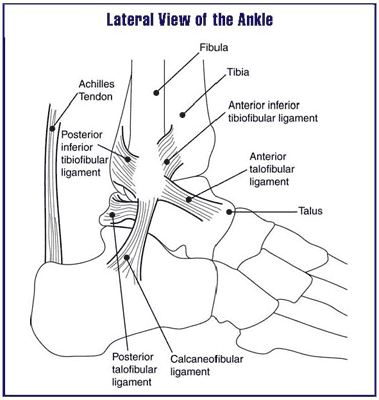
The Achilles tendon is the primary tendon utilized in gait. Meaning that every step, every jump, every run you take you puts mechanical pressure on it. This can result in a lot of wear and tear on this tendon. This can begin to manifest as some pain and even swelling in the Achilles. The irritation usually begins where it attaches to the foot or a few inches above the ankle. Most people that experience Achilles’ tendon pain will be avid exercises. Additionally, it seems to be men rather than woman and between the ages of 40-60.
Evaluating the condition of the tendon before treatment is important. A thorough exam by a physician is essential. There are a lot of factors that play a role in Achilles’ tendonitis and these need to be addressed. These range from foot structure, to training errors to tight muscles. An x-ray or even and MRI may need to be part of the evaluation process. Once the deforming forces and anatomical issues are identified a recovery program can begin.
I encourage anybody with Achilles’ tendon pain to seek help from a physician. This tendon is known to often take months before returning to a normal state. While it is inflamed you run the risk of rupturing the tendon. If the tendon ruptures surgery is required and it can take 6-12 months to completely heal from that scenario.
Give us a call at 425-391-8666 or make an appointment online today.
Dr. Brandon Nelson Discusses Home Remedies For Heel Pain and Plantar Fasciitis
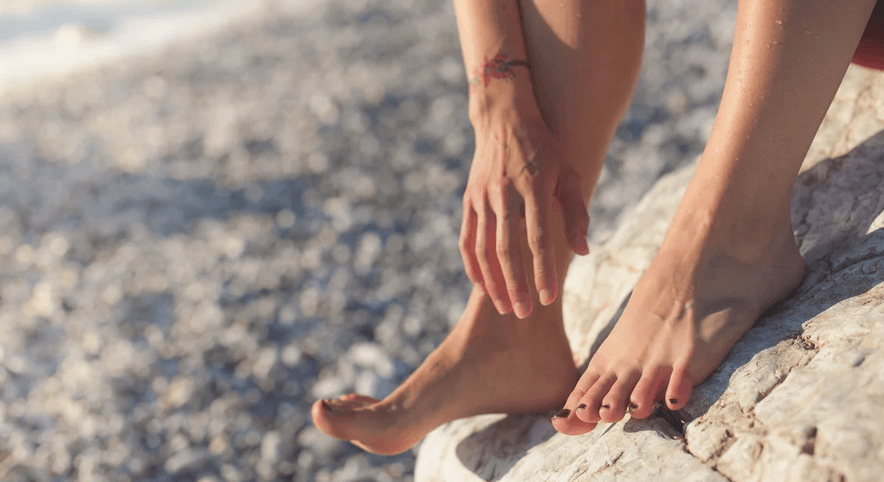
There is always a lot of discussion about what patients can do at home to help with plantar fasciitis. There are a couple simple instructions that can be helpful for heel pain or plantar fasciitis. One of the most important concepts is icing. Plantar fasciitis is an inflammatory disorder that is directly related to increased pressures on the heel and/or tight calf muscles. Icing can be extremely beneficial for the inflammatory component of this pain. I recommend icing at least 10 minutes a day and most patients will find this extremely beneficial. Icing actually decreases the blood supply to the fascia which helps decrease the inflammatory cascade.
However, decreasing the blood supply to the fascia can delay the healing process so it is essential to have any pain in the foot or ankle evaluated by a podiatrist. The majority of heel pain is caused from plantar fasciitis and before starting any treatment it is important to know the cause. Another treatment option I can be performed at home that patients find it extremely beneficial is calf stretching. It is important to stretch both the gastroc and the soleus muscles so one must perform stretching with both the knee extended the knee flexed. The majority of plantar fasciitis is extremely amenable with conservative measures. If you suffer from chronic heel pain or pain in general of the foot or ankle, please give us a call and we’ll get you back on the road to recovery.
Dr. Timothy Young Talks About Shockwave Therapy And How Long It Lasts
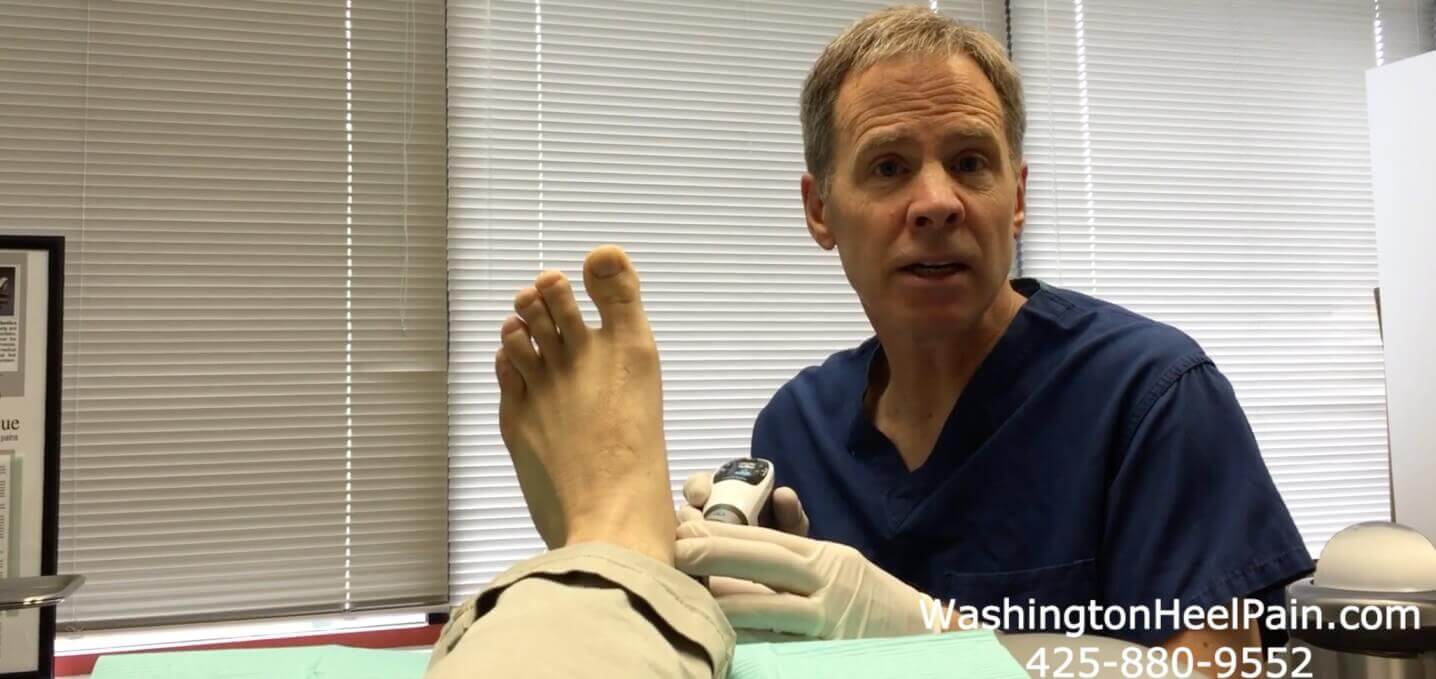
Shockwave therapy is one of the newer and most effective treatments for stubborn plantar fasciitis. It is also an excellent treatment for Achilles tendinitis and other tendon and musculoskeletal problems that we see. It is typical for shockwave therapy to be done anywhere from 3-5 treatments usually with 1-2 week intervals. The treatment results in progressive reduction in your symptoms over a period of 3–4 months from the onset of treatment. Once the treatment is complete most patients do not need additional treatment in this regard.
There are a few exceptions where a short mini series of 2 or 3 treatments may be done at 3 or 4 months from the start of treatment for exceptionally stubborn cases. For the majority of our patients that have this treatment they are pain-free and do not have recurrence of the plantar fasciitis symptoms for a period of years. It is important to keep doing proactive "maintenance such as making sure that you wear your orthotics, stretching your calf, and not going barefoot at home. Failure to do some of these treatments could result in recurrence of plantar fasciitis or reinjury.
Dr. Brandon Nelson Discusses The Best Treatment Option For Neuromas
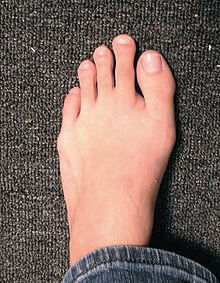
Neuromas often cause a considerable amount of pain for patients. Typically a neuroma will cause a burning pain between the 3rd and 4th digit. Patients often experience increased pain with wearing shoes and walking. A common phrase we hear is a patient will feel like their sock is balled up in their shoe. Neuromas typically progress and become increasingly painful. I find it to be important to treat them early, this seems to help my patients to get back to normal activities as soon as possible.
I find alcohol injection therapy to be the most effective tool in getting rid of neuromas. I see patients that have had multiple cortisone injections and physical therapy all to no avail. The sclerosing injection therapy works extremely well for patients. The literature success rate is reported to be almost 90%. I find it to be helpful even for patients that are contemplating surgical removal of the neuroma. If you have burning or tingling in your toes or have been diagnosed with a neuroma we can help.
Give us a call at 425-391-8666 or make an appointment online.
Dr. Young Talks About Lateral Column Pain and Lateral Overload

Dr. Young Talks About Lateral Column Pain and Lateral Overload
This is a subject that I have talked about previously. I wanted to revisit this and summarize this problem and condition. The lateral column of the foot encompasses the fourth and fifth metatarsals. This is the outside of the foot that includes the fifth toe and the fifth metatarsal phalangeal joint. It also includes the fifth metatarsal base which is the insertion point for the peroneal brevis tendon. Finally it also includes the cuboid bone and some patients with this may be diagnosed with "cuboid syndrome".
This is a common condition that I see in our clinic. It is frustrating for our patients because often this is not something that comes with a real nice clear diagnosis like let's say a bunion. But what happens is the patient will present to our clinic and say that they have pain on the outside of their foot (lateral column). Often times the patient will have a high arch foot or they will have compensated for another problem such that the weight is shifted to the outside of the foot. The lateral column is not designed for significant weightbearing. This is primarily the function and job for the great toe joint and the medial column. Therefore all it takes is a small change in weightbearing or the pattern of gait and the extra load going through the outside of the foot causes pain and symptoms. It is very rare to have a stress fracture in this location but that can happen. What can happen as there is just fatigue and pain on the lateral column and the stress load is such that it is short of that needed to cause a stress fracture. So stress fracture rarely occurs in this location. It is possible to develop pain at the insertion of the peroneal tendon of the fifth metatarsal base. It's also possible to have a tailor's bunion and have that pain flareup.
Our patients will have an x-ray to make certain there is no other pathology in this location. This condition responds very well to prescription orthotics tuned to shift the pressure off the lateral column of the foot, especially if it is a chronic condition. Some athletic shoes are better than others for this also. If there is a component of peroneal tendon symptoms, and there is a special ankle brace that may be helpful also.
These are some the conditions that may be associated with lateral column pain:
-Tailor's bunion or pain affecting the fifth MTP joint
-Stress fracture of the fourth or fifth metatarsal (rare)
-Stress reaction of bone of the fourth and fifth metatarsal (rare)
-Nonspecific Bone "fatigue and pain" of the fourth and fifth metatarsal (common)
-Insertional peroneal brevis tendinitis
-Cuboid area pain "cuboid syndrome"
If you have foot pain and need evaluation, please see myself Dr. Timothy Young, or my partner Dr. Brendon Nelson. Give us a call at 425-391-866 or make an appointment online.
Dr. Brandon Nelson Discusses Heel Pain Caused From Running

The weather is starting to get nice and all of us are wanting to get outside. I know I have dusted off my running shoes and have began to pound the pavement. I have suffered from heel pain in the past and as I start to run again it can rear its ugly head. I will often be a little sore after my run and it reminds me I need to take care of my feet. I once again start my routine of calf stretching and make sure to ease into my mileage. I will find my pro-stretch and specifically start targeting my plantar fascia. I will search the freezer for my frozen water bottle and start rolling my heels out after my runs. Does all this sound familiar? Heel pain can really derail our exercise routines.
I have found if I stretch and wear my prescriptive orthotics my heel pain is nonexistent. My prescriptive orthotics are specifically designed for running. These are not inserts that are purchased at a shoe store or a running store. These are prescriptive medical devices that can only be made by a foot and ankle physician. I have been running for years and have spent year perfecting my orthotics. I love to pass on this knowledge to other runners that have suffered from heel pain. I even see a lot of runners that just want to prevent injury and wear and tear on their joints and these running orthotics really help your lower extremities. If you are a runner and are ready to take care of yourself give us a call today 425-391-8666 or make an appointment online.
Dr. Timothy Young Talks About Foot Surgery in Seattle
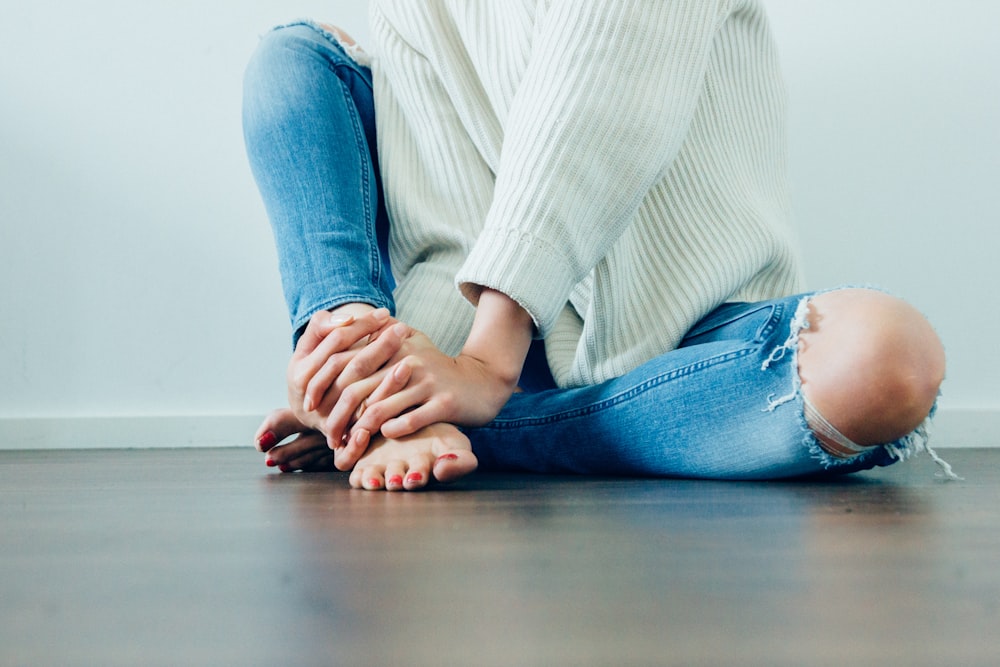
How to maximize your recovery after bunion surgery, with soft tissue and bone healing.
Give us a call at 425-391-8666 or make an appointment online today.



